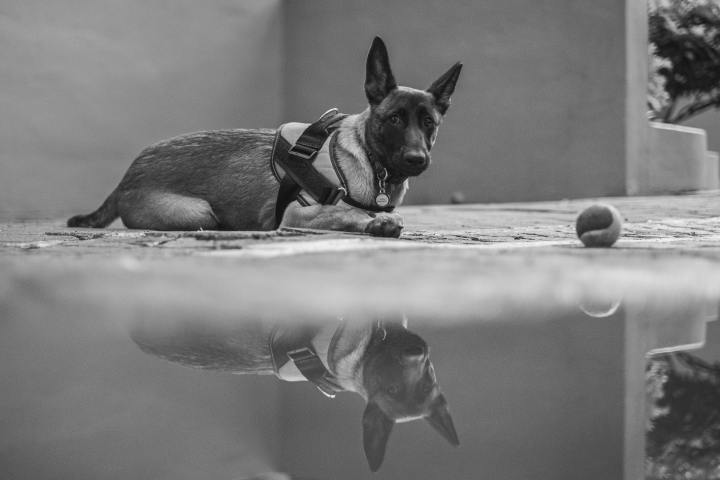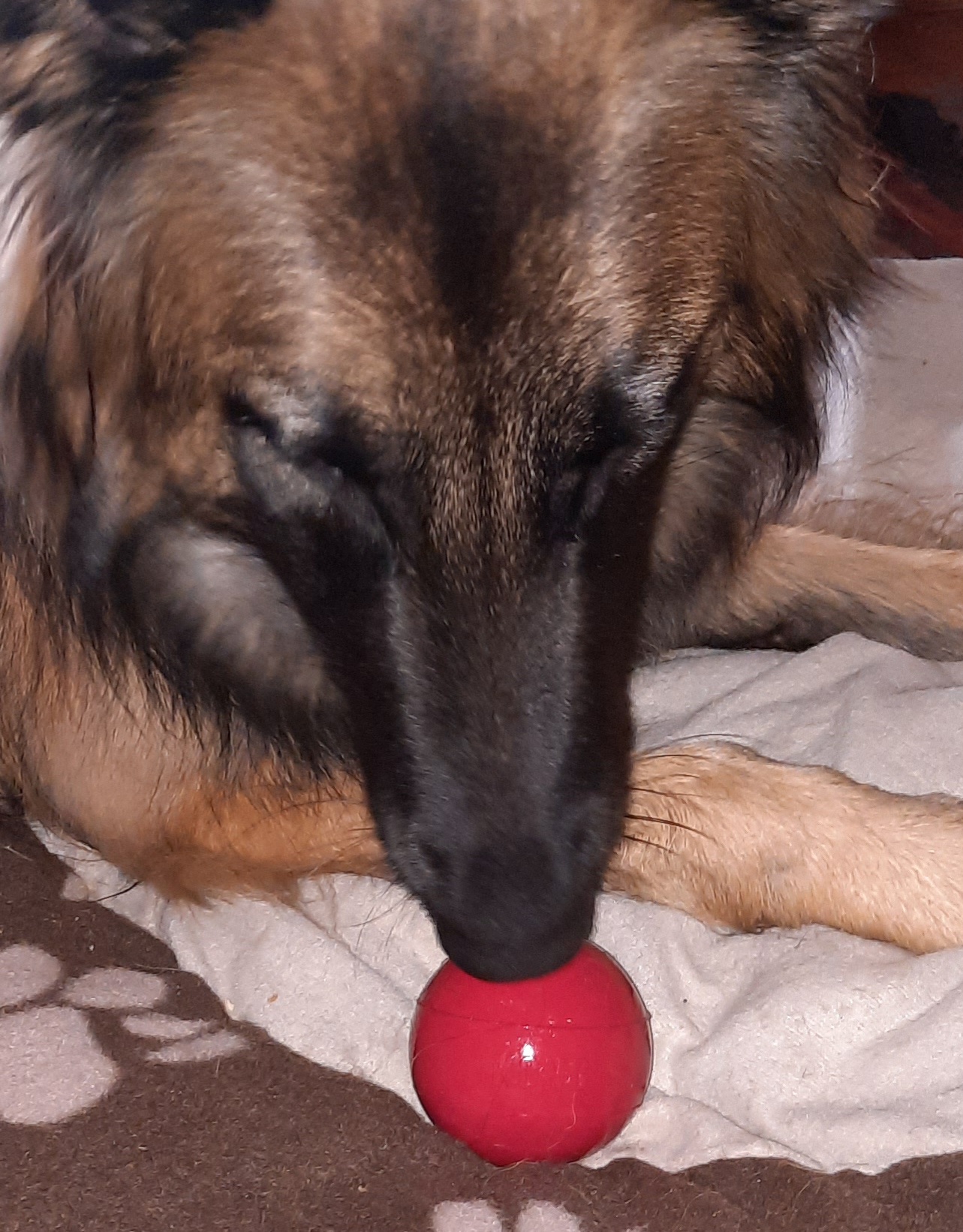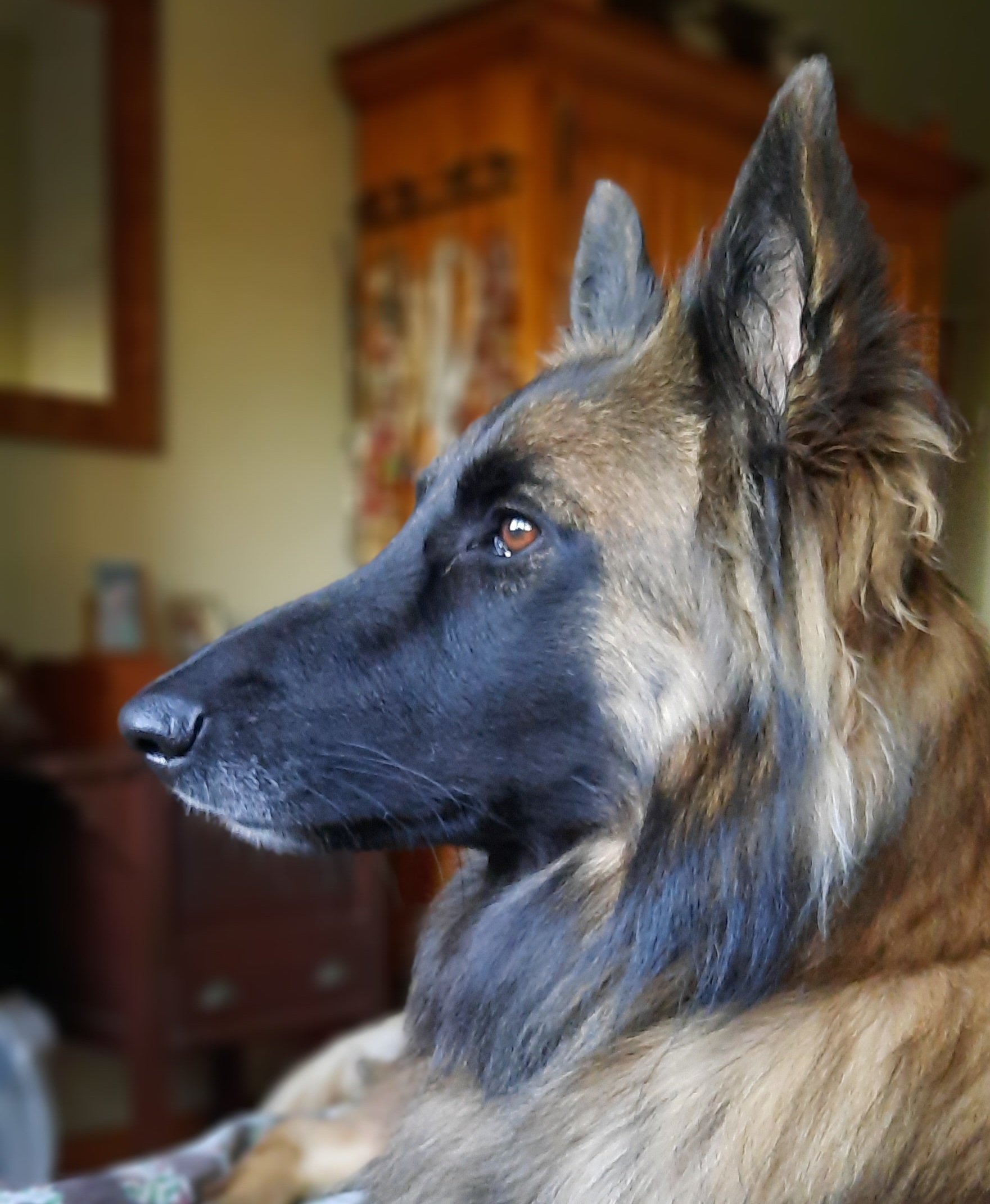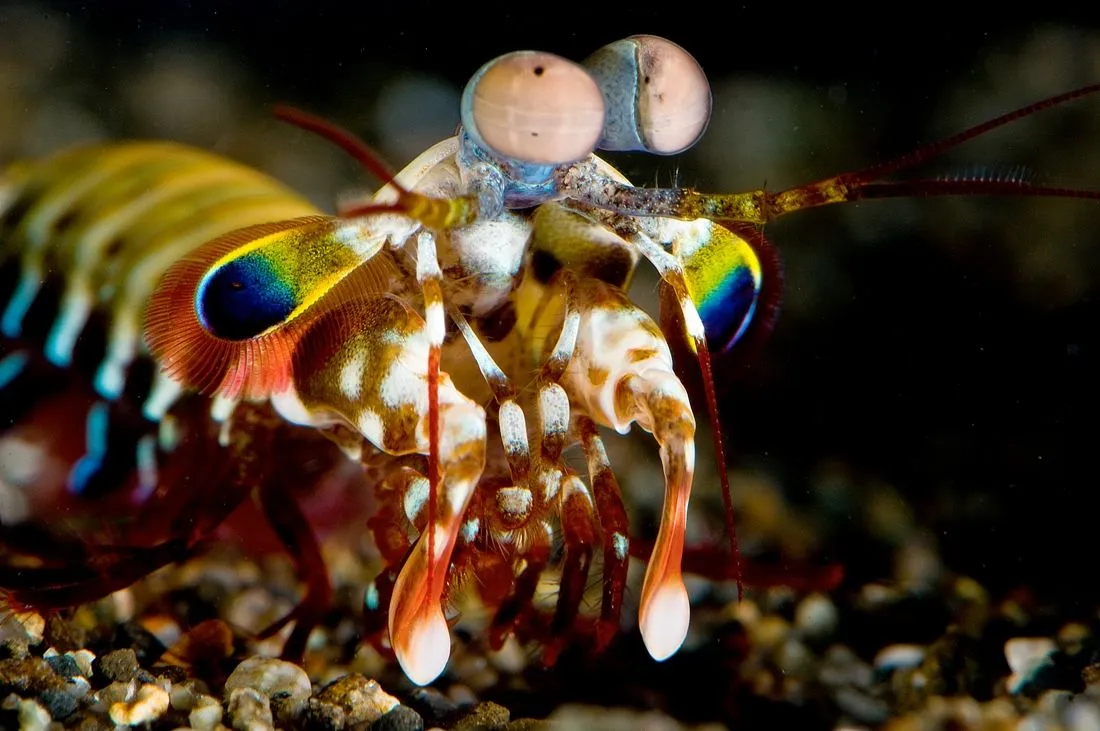PETS & US
Seeing colour – why my dog can’t find her red ball

She never lost her black ball in the grass. But when a tree ate it and she got a red one, her troubles – and mine – began.
The dog has a long nose a zillion times better at smelling than mine. It seemed obvious she’d find her ball in the long grass after having chewed it a bit beforehand. But it wasn’t so.
The new red ball that replaced the lost black one kept getting lost. I wasn’t much help, being red/green colour blind. Then it dawned on me: so was she.
That sent me down a rabbit hole into the world of how we creatures see colour. It’s a strange, spooky place that caused Charles Darwin to shudder at how evolution could have arrived at such a thing as an eye.
On the Origin of Species he wrote that “to suppose that the eye… could have been formed by natural selection seems, I freely confess, absurd to the highest possible degree.”
He would have been delighted by the discovery of opsins. In fact, they would have supported his finding that we share animal origins. They can be found in eyes from corals to kangaroos, shrimps to squirrels – and us.
But I’m getting ahead of myself. Let’s begin with light or, to be more precise, energy photons. They pass through the pupil to the back of our eyeball, reaching receptors of the retina where they contact cones and rods.
Within these they hit opsins, minute, light-sensitive protein receptors whose job – it’s close to magic – is to turn visual light into electrical signals for your brain to analyse. Actually, our brains do the seeing with the assistance of our eyes.
Unique opsins respond to different light wavelengths. The ones in our cones grant us colour: microscopic marvels that open our eyes to rainbows, fireworks and harlequins. Opsins in our rods respond to light and shade and those quick movements at the edge of our sight.

Dog puzzling her red ball. Image: Don Pinnock

Dogs are dichromats with two-colour vision. Image: Don Pinnock
We creatures all have this equipment but in different proportions. Human opsins in our cones are tuned to red, green and blue. We’re what are called trichromats. Photons arriving in equal proportion we see as white, but wavelength variations are read by our brains in a startling rainbow of colours. Vision scientists agree that the human eye can probably see several million colours.
If red and green opsins are activated we see yellows and oranges, greens and blues mix as teals and turquoises, blues with reds might make violets and indigos. We see more than a rainbow world: walnuts, caramels, umbers, silvers, bronzes and many we have no names for. This ability we share with the great apes, baboons and macaques.
Feel sad for owl monkeys, seals and whales – they’re monochromats and see only shades from white to black and a zillion shades of grey. But their eyes pack rods which give them great night sight.
Nearly all mammals, from shrews to elephants, are dichromats. So, unfortunately, are my dog and me. Well almost. My dog has blue opsin receptors like I do as well as others tuned to wavelengths between red and green. I just have reduced green which seems to cause confusion between red and brown. Neither of us, however, can find that damn red ball in the grass, an affliction that, in humans, seems mostly a male thing. But we have the advantage of better night sight.
Beyond all these variations are tetrachromats with colour sight we simply cannot even imagine. They’re exceedingly rare. In her book Sentient: what animals reveal about our senses, Jackie Higgins documents an Australian woman named Concetta Antico and, no surprise, by the age of five she decided on a career as an artist.
She saw the world differently, but for her it was normal. “You don’t question what you see,” she said. Many years later she read about tetrachromacy and went “aha”. She was tested and found to have four types of cones.
Her paintings are more beautiful than we can know. What for us seem monochromatic landscapes are rendered in magentas and mauves, their shadows in madders and russets which she insists are really there.
“The colours I paint into twilights are not artistic expressions,” she says. “Where you see greys, I see a rich and beautiful mosaic of lilacs, lavenders, violets, emeralds. You might see lead whites, ivories, chalks, silvers, warm whites, cold whites, but I see so many more subtle shades, most without a name.
“I wish everyone could realise how beautiful the world actually is,” she told a researcher, “then perhaps they might value it more.”
In the colour department, though, Concetta didn’t make the Guinness World Records. That went to a small lobster called a peacock mantis shrimp. Its initial fame was not its eyes but the power of its punch.
Using club-like arms, it packs a punch faster than a champion boxer, with velocities around 80km/h. So hard and fast, in fact, that it creates a flash of light and heat at the point it strikes its victim, generally an unwary crustacean.

Peacock mantis shrimp. Image: Roy Caldwell / Supplied
The study of its eyes came later – and caused a sensation. It has eight photoreceptors, which Guinness calls “the most complex eyes of any animal”, six of which can see polarised light.
The scientist who discovered it, Justin Marshall of the University of Queensland Brain Institute in Australia, called it “the richest, most harmonious chorus of colours imaginable, a thermonuclear bomb of light and beauty. When we try to describe it, we start waving our arms around and resort to words like psychedelic.”
Dog and I, meanwhile, understand our limitations. Next item on the Pet’s Place shopping list is “black ball”. DM/ML
In case you missed it, also read Of telepathic dogs and morphic fields
















 Become an Insider
Become an Insider
Comments - Please login in order to comment.